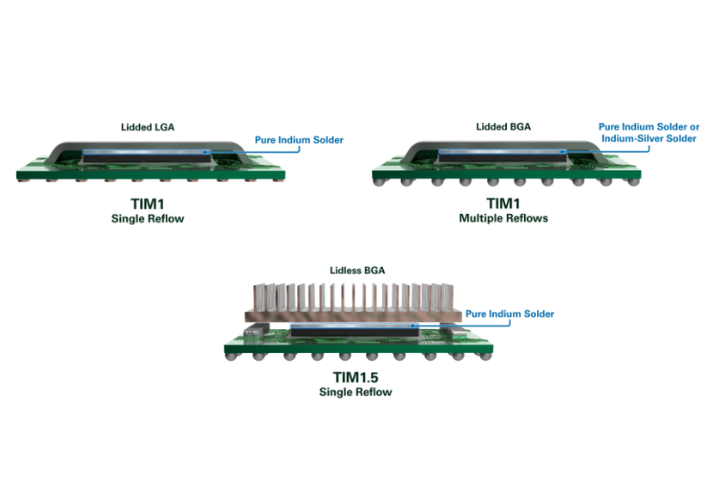Folks,
Pity the copper age smelter of 3000BC. He had to get his wood fire to 1085°C to smelt or melt copper, sometimes he couldn’t get that high a temperature. Even when he was successful, his copper didn’t flow well and was soft.
But the winds of change were occurring about that time, news of tin was in the air. When tin is mixed with about 90% copper, the melting temperature of the resulting bronzeplummets to 850°C, this temperature drop, of over 200°C, is a big deal. Not only did the lower temperature make it easier to melt the bronze, the bronze would flow better in molds. In addition, the strength and hardness of bronze is many times that of copper. From the figure above, you can see that a 10% addition of tin to copper produces a bronze that has 3 times the yield strength. The Bronze Agehad begun. Can you imagine the joy of the early metal smiths as they transitioned from copper to bronze, not only was bronze harder and stronger, but it was much easier to process and required less precious wood in the furnaces. On the downside, tin was then, and still is, rarer than copper, so the cost of bronze is higher than copper alone. Poor man’s bronze is brass (copper and zinc). Since zinc is cheaper than copper, brass is less expensive, but from the chart (left), the materials properties are typically weaker than bronze.
Because of its greater strength and hardness, bronze was an important material for war. If you had equal fighting ability to your enemy and he had a bronze sword and shield to your copper weapons you would lose every time. So bronze smelting and manufacturing was likely an early military secret.
An equally important benefit of tin, is that when tin was alloyed with lead, a very low melting material was created that would bond to bronze and other metals. Soldering was invented. Those of us that use solder everyday often don’t recognize the miracle of soldering. When we solder electronic components to a PWB we are essentially bonding copper to copper (which melts at 1085°C) at a temperature of less than 250°C. We do this metallurgical bonding in the presence of thermally delicate plastic. So without solder, we would not have the electronics industry as it is exists today.
Tin does all of the “work” in soldering. It is tin that forms the intermetallics Cu6Sn5 and Cu3Sn with copper. The other solder alloying elements such as lead, silver, andcopper play important roles in wetting, spreading, and the ultimate strength of the bond, but only tin metallurgically interacts with the copper.
So when you pick up your mobile phone, type on your computer, or watch TV today, remember – without the “Miracle of Soldering” you wouldn’t be able to!
Cheers,
Dr. Ron
The Image is from Askeland's The Science and Engineering of Materials.



